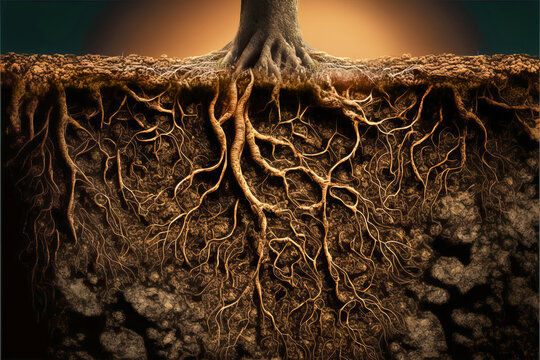- Ryan Blankenship

- Jan 15, 2024
- 2 min read

Whether you live in the city or out in the country, the best way to have complete control over your garden is by building a raised bed. I say this because everyone’s soil is going to be different. It could be very sandy, loamy, high or low in nitrogen, or even solid red clay like mine is. The best way overcome challenges presented by your soil is by building a garden bed on top of your existing soil.
The first step is determining the size bed you would like to build. I built my raised beds in a 6’ x 12’ design. The only reason for this was the untreated 4”x 4” lumber was in 12’ sections, and I happened to have just the right amount of room for that size raised bed. Gronomics makes great modular raised beds in many different sizes if you don’t want to build one from scratch. Once you have decided on the dimensions, try to find an area that gets the most sun. Leafy greens and herbs can handle some shade throughout the day, but if you want to grow tomatoes, peppers, or other flowering plants, you will need full sun for those fruit productions.
After your raised bed is complete, you will need to fill it with soil. To determine how much you will need we need to calculate the cubic foot of the bed. Take the length x width x height to determine your cubic footage. Let’s take my 6’ x 12’ for an example. The height of mine is 1 foot, which makes my bed 72 cuft. Unfortunately that is going to take a lot of soil to fill, but I will only have to fill it once. I used a mixture of Pro Mix (peat moss, perlite, and a wetting agent) Happy Frog Soil Conditioner (Forest humus, worm castings, bat guano, beneficial microbes, and humic acid) Bio Char (charcoal-like substance used to reduce nutrient leaching, reduce soil acidity, and reduce fertilizer requiremnts) Mushroom Compost (contains beneficial fungus) and Azomite (contains all of your micro nutrients).
It took 7 bags of Promix, 6 bags of Happy Frog Soil Conditioner, 4 bags of Bio Char, 8 bags of Mushroom compost, and 1 x 44lb bag of Azomite to completely fill my raised bed. After filling my bed, I only have to add 4-5 bags of compost and a 5lb bag of Azomite to my garden each year. I also like to use the Fox Farm Tomato & Vegetable nutrients to feed my plants through out the year. It contains several great amendments, which will feed your plants for 2-3 weeks at a time. They include: Alfalfa Meal, Feather Meal, Fish Bone Meal, Rock Phosphate, Bone Meal, Fish Meal, Sulfate of Potash, Kelp Meal, and Mycorrhizae. I like to top dress with this fertilizer every 10-14 days. That’s typically how long it takes for these amendments to break down and be available for your plants.
Raised beds can seem intimidating, but they can actually be pretty simple projects. We are happy to work with you to help you get the raised beds of your dreams. They are truly a great way to garden, allowing you to grow a lot of produce in a relatively small space and have a large amount of control over your planting space.








